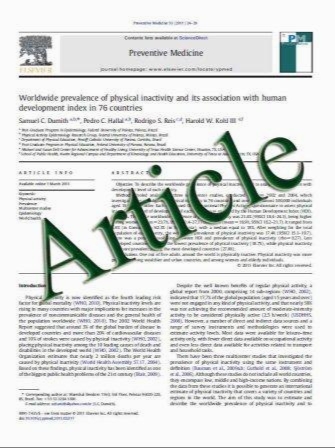Chemotherapy-induced toxicities and treatment efficacy in advanced esophageal cancer treated with neoadjuvant chemotherapy followed by surgery
- نوع فایل : کتاب
- زبان : انگلیسی
- مؤلف : Masaaki Motoori Masahiko Yano Takushi Yasuda Hiroshi Miyata YingFeng Peng Makoto Yamasaki Osamu Shiraishi Toru Masuzawa Koji Tanaka
- چاپ و سال / کشور: 2010
Description
Background Neoadjuvant chemotherapy (NACT) followed by surgery is a promising treatment strategy for advanced esophageal cancer. Response to NACT is a strong predictor for prognosis, but no studies have examined the relationship between toxicity and efficacy of NACT. Methods We retrospectively analyzed the treatment results of 105 patients with clinically node-positive esophageal cancer treated with NACT followed by surgery and examined the correlation between adverse events and treatment efficacy. Chemotherapeutic response was evaluated by the reduction rate of the primary tumor in CT scans. Adverse events were graded using the Common Terminology Criteria for Adverse Events version 3. Results The clinical response rate was 40%, and responders displayed a significantly better survival than nonresponders. Major adverse events (grade 3 or 4) during NACT were leukopenia (24.8%), neutropenia (42.9%), nausea (30.5%), and mucositis (27.9%). There were no chemotherapy-related deaths. In a univariate analysis, responders had significantly more severe adverse events including leukopenia, neutropenia, anemia, thrombocytopenia, and nausea than nonresponders. A multivariate analysis demonstrated that neutropenia was the only independent factor significantly associated with a clinical response (P = 0.027). Concerning prognosis, patients with grade 2–4 neutropenia showed significantly better survival than those with grade 0–1 neutropenia. Conclusion Antitumor efficacy of NACT for advanced esophageal cancer is significantly associated with the severity of neutropenia. To elucidate the mechanisms underlining these observations, pharmacokinetic and genetic chemosensitivity analyses are needed in future studies
Esophagus (2011) 8:81–87 DOI 10.1007/s10388-011-0267-7 Received: 13 November 2010 / Accepted: 27 January 2011 / Published online: 24 February 2011


